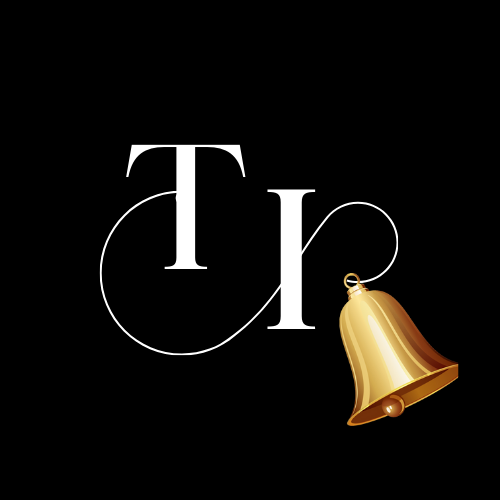Harassment in the workplace can take various forms. Here's how to recognise some of the most prevalent types of harassment, as well as what you should do if you witness it.
Physical proof of workplace harassment may or may not exist. Understanding what is going on with you might help you bring up the issue. Offensive jokes, slurs, epithets, or name-calling, physical assaults or threats, intimidation, ridicule or mockery, insults or put-downs, offensive objects or pictures, and interference with work performance are all examples of misconduct, according to the Equal Employment Opportunity Commission (EEOC).
There are 5 types of workplace harassment:
1. Verbal harassment
Verbal harassment may be a never-ending fight that jeopardises your health and job. It comprises of derogatory words, unpleasant gestures, and irrational criticism. It can include insults, slurs, inappropriate "jokes," and harmful statements. Because it is a nonphysical type of violence, verbal harassment can be difficult to identify and is frequently a grey area.
"Often, yelling, cursing, or making inappropriate remarks or jokes about a coworker is viewed as a case of personality conflict rather than harassment, even when such behaviour can have a negative psychological impact on the victim and result in outcomes such as depression, high blood pressure, and anxiety," Chancey explained.
2. Psychological harassment
Psychological harassment is comparable to verbal harassment, but it is more subtle and involves exclusionary methods such as withholding information. According to Chancey, the goal of these activities is to mentally break down the victim, chip away at their self-esteem, and undermine them.
"Behaviors such as taking credit for someone else's accomplishment, making impossible demands, imposing unreasonable deadlines on a specific employee, constantly requiring an employee to perform demeaning tasks that are outside of their job scope, or persistently opposing everything someone says may not appear to be harassment, but this can be a form of deliberate psychological bullying," he explained.
3. Digital harassment (cyberbullying)
Even if it occurs online, digital harassment may be equally as harmful as in-person bullying. It is the most recent kind of harassment and may be seen in a variety of media venues.
"[Digital harassment] includes posting threats or degrading remarks on social media, establishing a phoney identity to intimidate someone online, building a webpage about the victim to mock and degrade them, and making false charges online," Sheri Mooney, CEO and president of Mind Squad HR, explained.
As the use of social media in the workplace has grown, and the discussion of taboo issues has become more mainstream, Chancey believes it is now easy for anybody to digitally harass others in the name of free speech or being "woke."
Garvin advised collecting screenshots, storing emails on your own computer, and creating a database of everything that makes you uncomfortable in order to keep track of the problem.
You may also like, ethical issues in business.
4. Physical harassment
Physical harassment in the workplace can take several forms. Mooney stated that they might range from minor unpleasant gestures such as touching an employee's clothing, hair, face, or skin to more serious gestures such as physical assault, threats of violence, and property destruction.
It might be difficult to recognise because of the varying degrees of physical harassment. Chancey stated that some physical harassment may be dismissed as a joke if no bodily harm is done.
"If an employee habitually shoves, blocks, and kicks a coworker, but the victim is never wounded as a result of the shoves and kicks, this may not be considered harassment, especially if done by a supervisor or another high-performing employee," he added.
Even if no serious bodily injury is caused, it is still termed physical harassment. Employees should contact 911 immediately if a scenario develops violent and avoid interfering in the issue.
5. sexual harassment
Sexual harassment is a severe infraction that occurs more frequently than you would imagine. According to a ZipRecruiter poll, 40% of female respondents and 14% of male respondents had experienced workplace sexual harassment. It is a common crime that is not limited to women. Sexual harassment can be perpetrated or experienced by people of any gender.
Unwanted sexual approaches, such as improper touching, sexual jokes, exchanging pornography, sending sexual messages, or expecting sexual favours in return for a promotion or job stability, are examples of sexual harassment. Although identifying sexual harassment may appear simple, it is not always so.
"Sexual harassment in the workplace is rarely extreme," said Chancey. "Most of the time, it is hidden under harmless banter, inoffensive comments accompanied by sexual gestures or tones, or embarrassing but seemingly benign utterances that represent individuals of a certain gender (typically women) in an unfavourable light.
This creates a grey area in which criminals can easily get away with their actions. Mooney stated that many victims do not want to bring attention to themselves, so they keep it to themselves, hoping that things would improve. Some victims are fearful of repercussions, including job loss, if they disclose the harassment. If, on the other hand, someone is creating a hostile working environment and making you feel uneasy, you should register a complaint.
-
Tags: #5TypesOfWorkplaceHarassment #ethicalissuesinbusiness




.png)

0 Comments